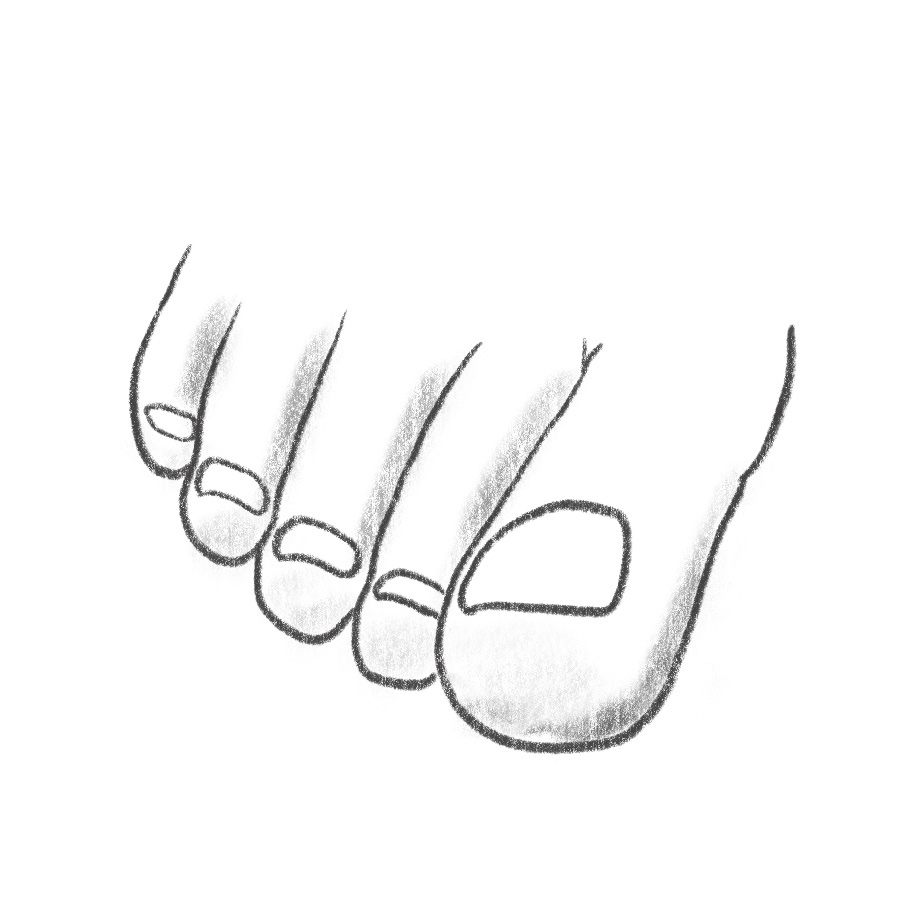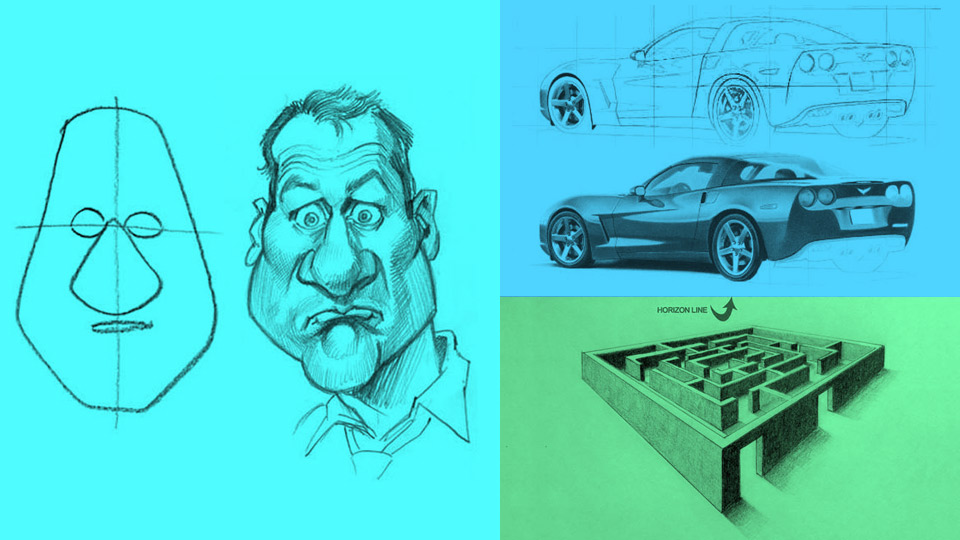How to draw glass and transparent objects learn more
Table of Contents
Table of Contents
If you have ever tried to draw glass, you know how challenging it can be to capture its transparent and reflective qualities realistically. But fear not, with a bit of practice and some helpful tips, you can master drawing glass like a pro.
Pain Points in Drawing Glass
Many aspiring artists struggle with how to draw glass due to its complex nature. Glass objects often have multiple reflections, refractions, and shadows that need to be accounted for. Additionally, drawing glass requires a certain level of precision and attention to detail that can be difficult to achieve.
Answering the How to Draw Glass Dilemma
The key to drawing glass realistically is to start with a solid understanding of the object’s structure and the surrounding environment. Begin by studying the object’s shape, noting how the light reflects off its surface and how the transparency affects the objects seen through it. From there, take time to practice the shadowing and shading techniques needed to create depth and dimensionality in the drawing.
Summary of Main Points
To draw glass successfully, one must master the complexities of reflection, refraction, and shadowing. A solid understanding of the object’s structure and the techniques involved in capturing its transparency and reflective qualities is key. With some practice and attention to detail, anyone can learn how to draw glass like a pro.
How to Draw Glass: Capturing the Light
Creating the illusion of transparency and reflection is crucial when drawing glass. To do so, it’s necessary to study how the object interacts with light. Start by identifying the light source and where it reflects on the glass surface. Notice if the light bounces off multiple surfaces, and how it affects the surrounding environment. When adding highlights, make sure to use a light touch and leave small areas of blank paper to act as highlights for the glass.
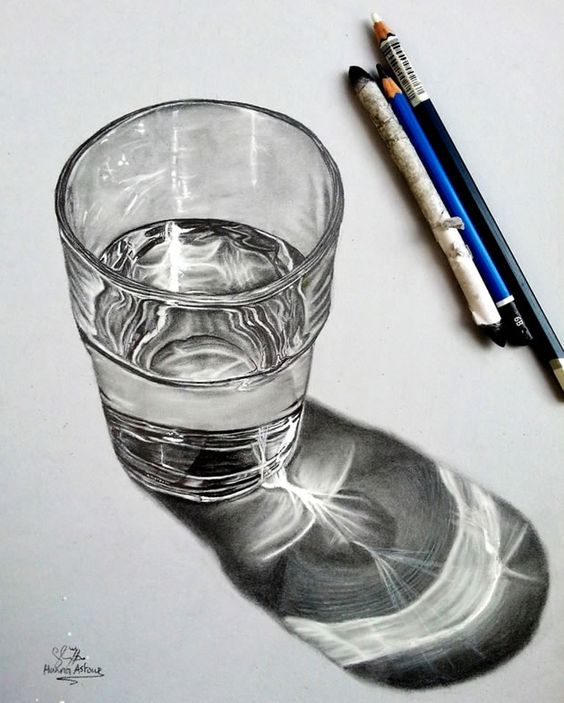 One helpful tip is to use a white pencil or eraser to create highlights instead of relying on the paper’s whiteness. This technique can give the drawing a more realistic and three-dimensional look.
One helpful tip is to use a white pencil or eraser to create highlights instead of relying on the paper’s whiteness. This technique can give the drawing a more realistic and three-dimensional look.
Mastering Reflections and Shadows
When it comes to drawing glass, reflections and shadows can make all the difference. Study the object carefully to identify the reflections and shadows that occur due to its shape and the surrounding environment. Use a variety of shades to create depth and dimensionality in the drawing, paying close attention to the values and colors of each shadow and reflection.
 ### Value and Color
### Value and Color
When drawing glass, it’s important to keep in mind the object’s transparency and the colors surrounding it. Glass will often appear to have a colored tint, depending on what’s behind it or in front of it. Use a variety of colors and shades to create depth and character in the drawing, ensuring each shadow and reflection has the correct value and hue.
Tips for Success
To draw glass like a pro, use these tips:
- Study the object’s structure and surroundings carefully
- Pay attention to the light source and how it reflects on the glass surface
- Use a variety of shades to create depth and dimensionality in the drawing
- Keep in mind the object’s transparency and the colors surrounding it
Question and Answer
Here are some common questions about drawing glass:
Q: How do I create realistic highlights when drawing glass?
A: Use a white pencil or eraser to create highlights instead of relying on the paper’s whiteness. This technique can give the drawing a more realistic and three-dimensional look.
Q: How do I capture the object’s transparency when drawing glass?
A: Start by studying how the object interacts with light. Identify the light source and where it reflects on the glass surface. Notice if the light bounces off multiple surfaces, and how it affects the surrounding environment.
Q: How do I create the illusion of depth and dimensionality when drawing glass?
A: Use a variety of shades to create depth and dimensionality in the drawing, paying close attention to the values and colors of each shadow and reflection. Keep in mind the object’s transparency and the colors surrounding it to make it appear more realistic.
Q: What is the biggest challenge when drawing glass?
A: The biggest challenge when drawing glass is capturing its reflective and transparent qualities. Drawing glass requires a certain level of precision and attention to detail that can be difficult to achieve.
Conclusion of How to Draw Glass
Drawing glass can be a challenging but rewarding experience. By keeping in mind the object’s structure and surroundings, paying attention to the light source, and practicing shadowing and shading techniques, anyone can learn how to draw glass realistically. By using these tips and techniques, you’ll be able to capture the transparency and reflective qualities that make glass such a fascinating subject to draw.
Gallery
How To Draw Glass And Transparent Objects – Learn More - Bored Art
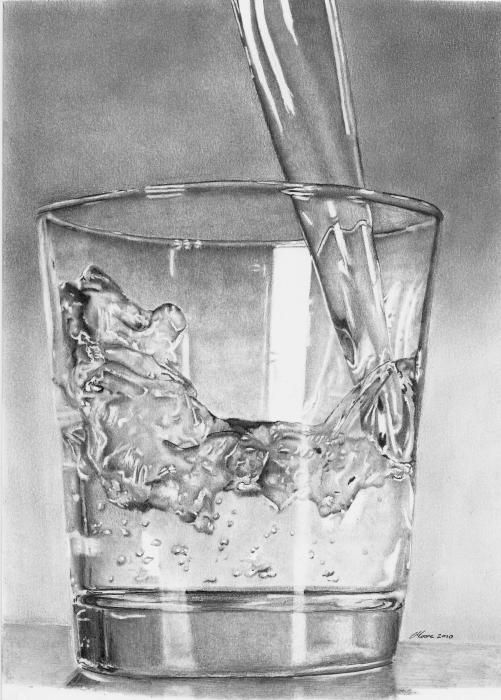
Photo Credit by: bing.com / glass draw objects transparent learn drawing
How To Draw Glass And Transparent Objects – Learn More - Bored Art

Photo Credit by: bing.com / glass draw objects transparent learn drawing realistic
How To Draw Glass And Transparent Objects – Learn More - Bored Art
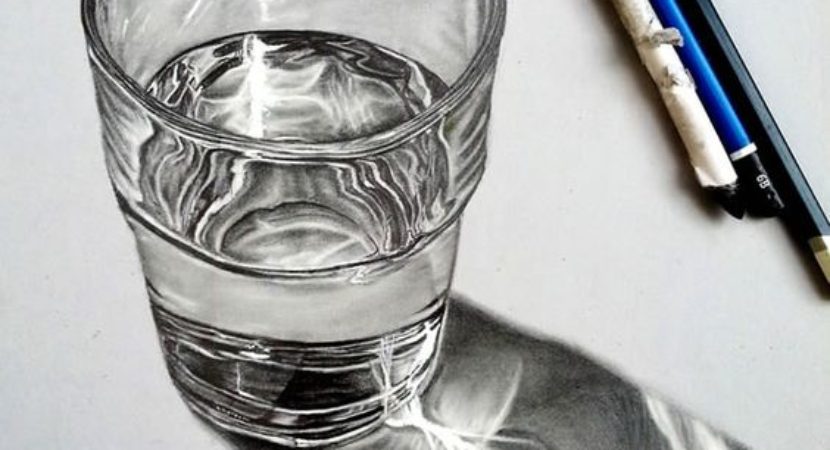
Photo Credit by: bing.com / glass draw objects transparent learn drawing drawings pencil object realistic easy artists tumblr 3d boredart sketches bored december choose board
Katrina: Throw Back Thursday: Drawing Glass

Photo Credit by: bing.com / glass drawing bottles throw thursday titles care too 2008 young monochromatic
How To Draw Glass And Transparent Objects – Learn More - Bored Art

Photo Credit by: bing.com / glass draw objects sketch transparent learn drawing drawings pencil sketches realistic reflection aquarium



